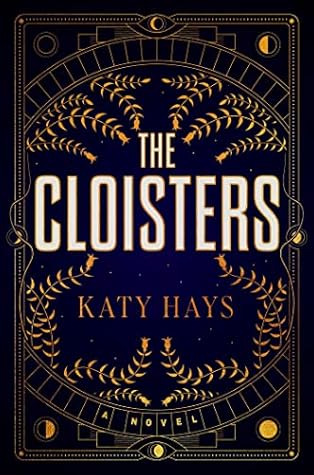More on this book
Community
Kindle Notes & Highlights
I had already learned that no one wanted to hear what loss was really like.
The day he died, my father spoke ten languages and could read at least five defunct dialects. Language was his way of venturing beyond the four walls of our home, beyond his own childhood.
The Cloisters, I knew, had been brought into being—like so many institutions—by John D. Rockefeller Jr. The robber baron’s son had transformed sixty-six isolated acres and a small collection of medieval art into a fully realized medieval monastery. Crumbling remnants of twelfth-century abbeys and priories had been imported throughout the 1930s from Europe and rebuilt under the watchful eye of architect Charles Collens. Buildings that had been left to the ravages of weather and wars were reassembled and polished to a new-world sheen—entire twelfth-century chapels restored, marble colonnades
...more
“Typically,” said Rachel, “any square medieval garden surrounded by walkways like this one was called a cloister.
but tarot,” Aruna interrupted, “only became part of the occult in the eighteenth century. Before, it was a trump-taking game. Something like bridge, played by the aristocracy. Four people, sitting around a table, shuffling and dealing a simple deck of cards. It wasn’t until that charlatan Antoine Court de Gébelin got involved that tarot cards were transformed into something more”—she waved her hands—“mystical.”
“Gébelin,” said Rachel, facing me, “was a notorious eighteenth-century rake of the French court. And he suggested that Egyptian priests, using the Book of Thoth, not fifteenth-century Italians, were responsible for the creation of the tarot deck, which consists, of course, of four suits like our regular deck, plus twenty-two cards that we now call the Major Arcana. Things like the High Priestess card, for example. Which used to be the Popess.” I
Wasn’t that, after all, why we had become academics and researchers in the first place? To discover art as a practice, not just as an artifact?


